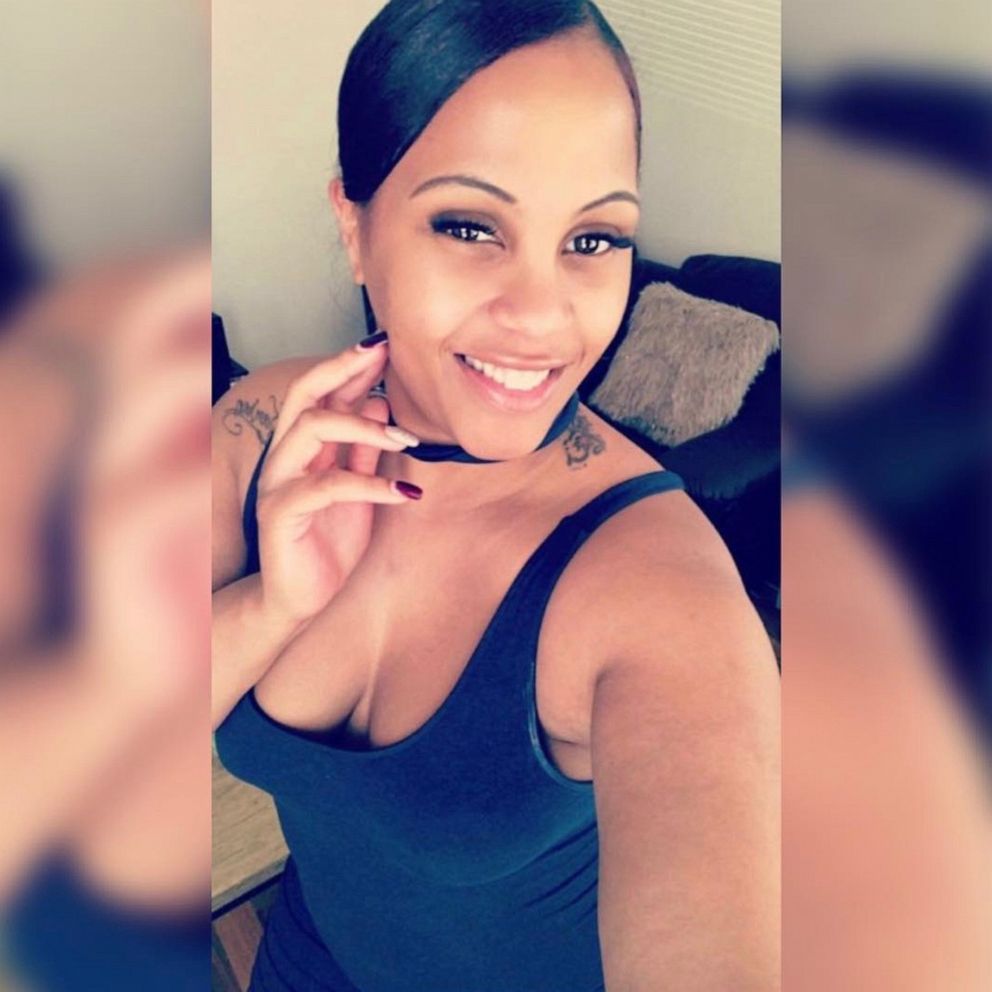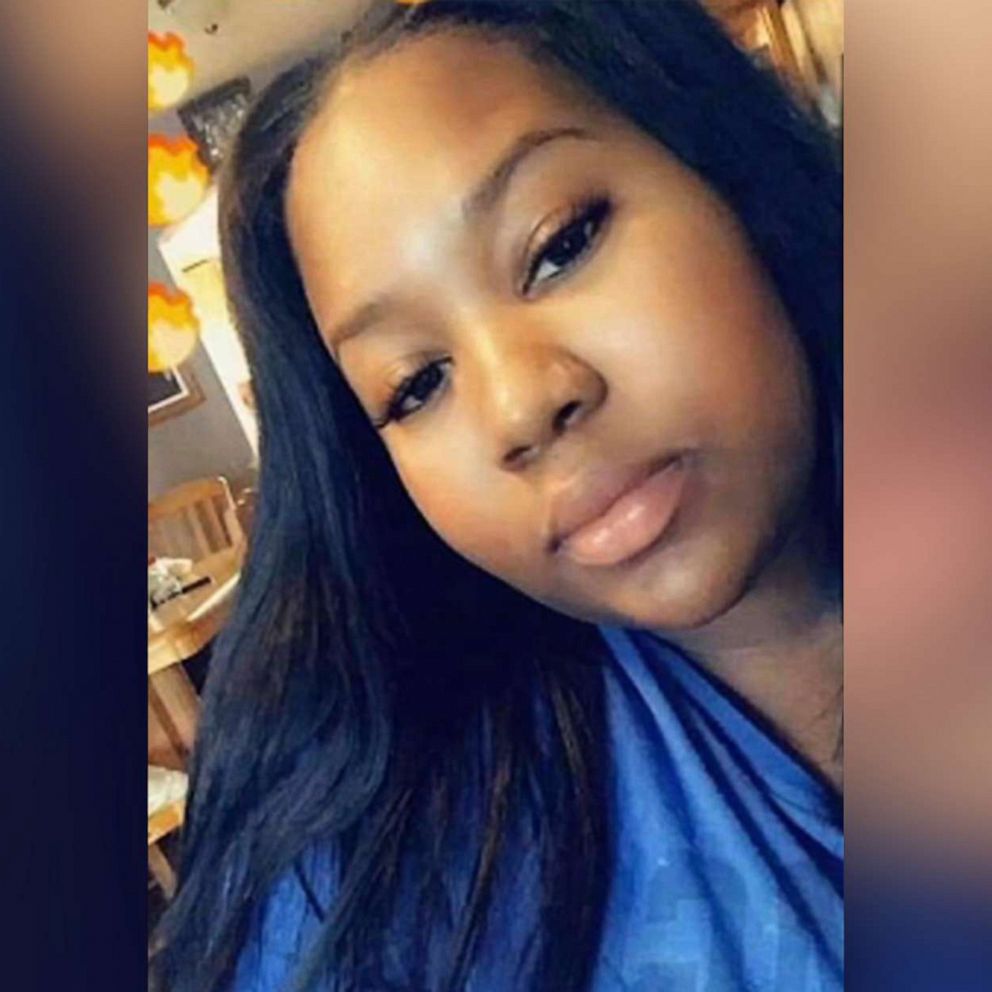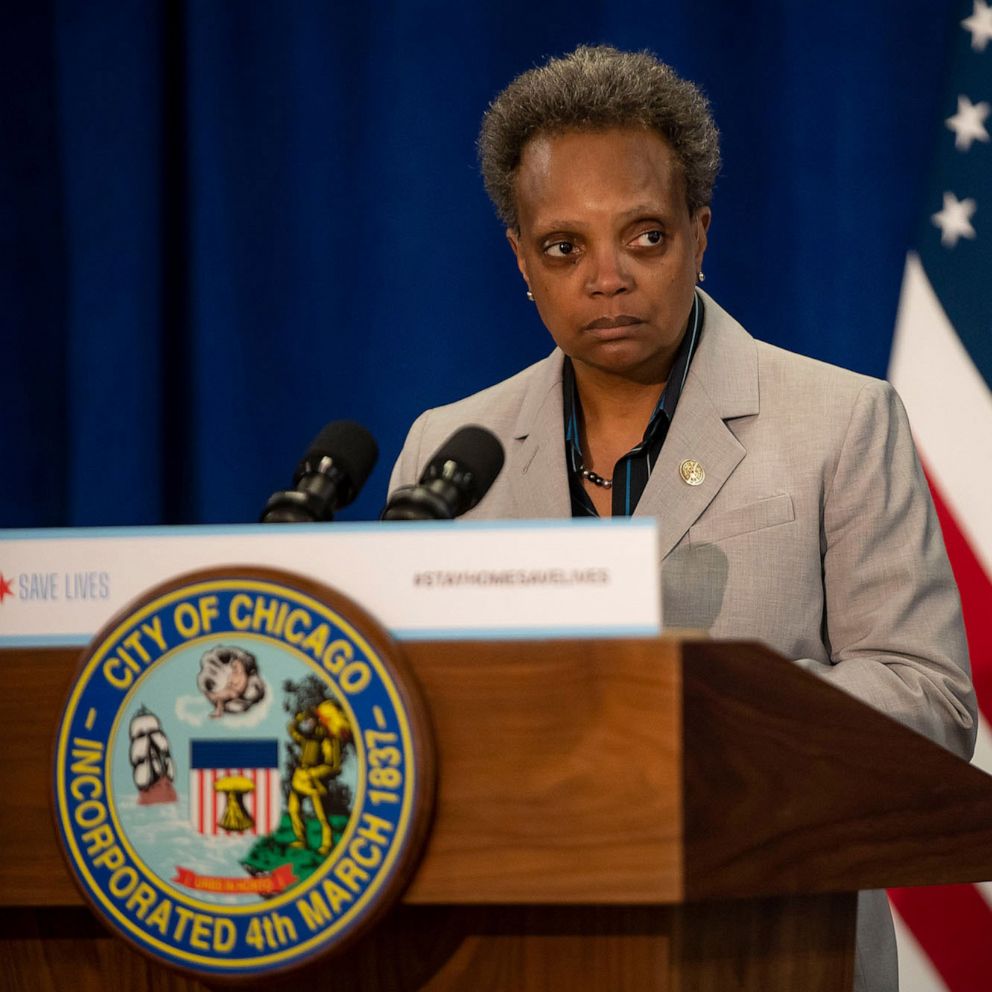In Chicago, coronavirus isn't the only problem black and Latino residents face: Reporter's Notebook
The group CRED works with rival gangs to educate residents as shootings rise.
I grew up in a gritty, working class, nearly all minority neighborhood on Chicago's Near West Side.
My mom, like most in the neighborhood, worked more than one job to stay afloat and put food on the table. The houses and apartment buildings were tightly packed on our block, and just about everybody lived with extended family in a home that was way too small. It wasn't perfect, but everything I learned about working hard, finding motivation and resilience, I learned growing up there.
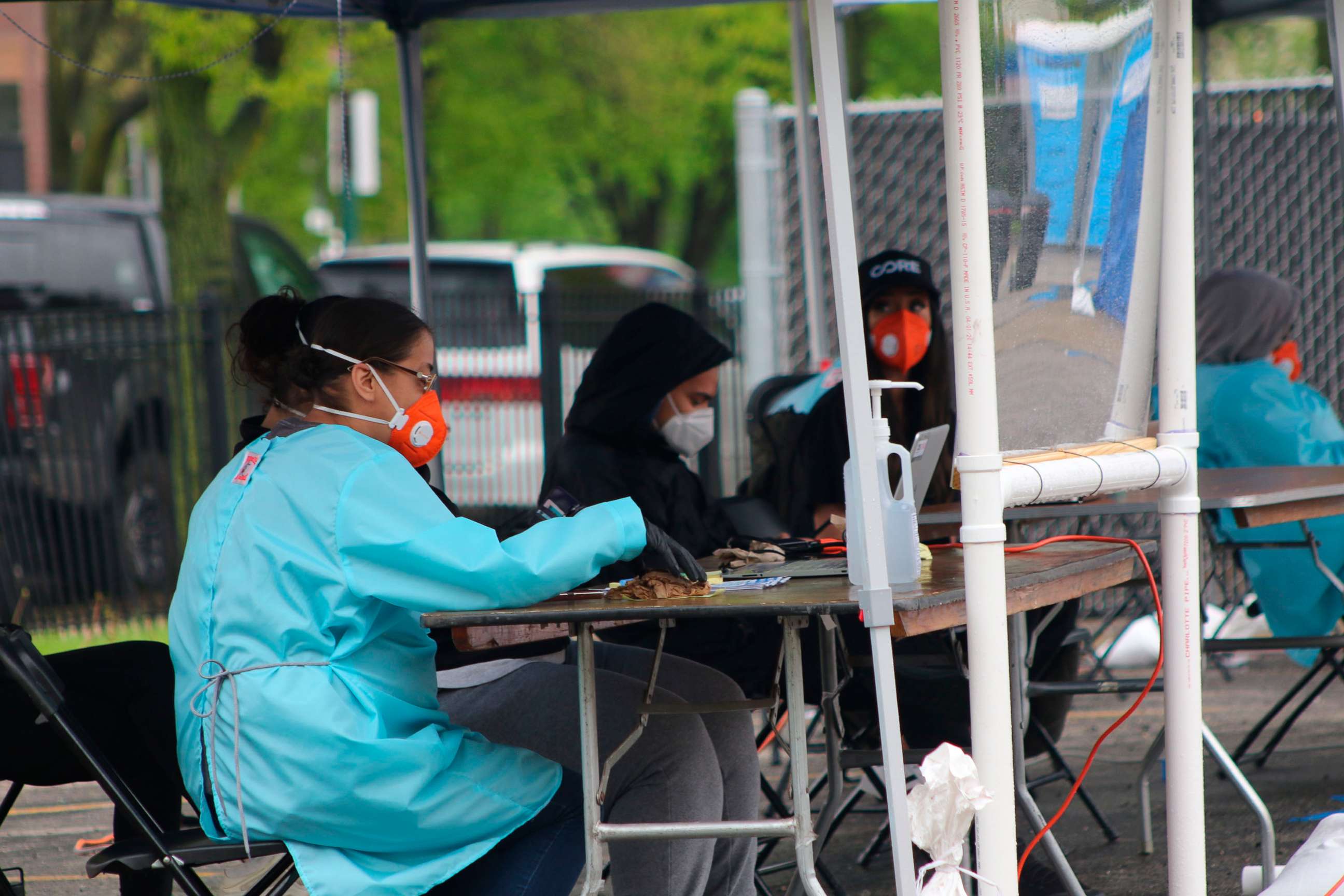
While my childhood seems like it was eons ago, covering the coronavirus crisis has reminded me a lot about growing up.
COVID-19 doesn't discriminate against its victims, but the virus certainly capitalizes on communities of color like the one I grew up in. It's a villain that will devour anything in its path, but particularly enjoys feasting on big families in small homes, who work tirelessly to make ends meet: the millions of people in America who can't just take time off or work from home or isolate somewhere away from their families. These are the people for whom public transportation is not a choice: factory workers, fast-food restaurant employees, drivers and so many others who have humble but noble professions.
Here in the Windy City, like in many other big cities, the virus has disproportionately killed more blacks and Latinos. Of the COVID-19 deaths where race is known in Chicago, nearly 50% of the victims are black and about 30% are Latino. It seems the socio-economic and racial disparities that existed long before the pandemic have found a partner in the virus, which is now ravaging some of the most vulnerable.
For some of these neighborhoods, coronavirus is not the only crisis residents are currently dealing with, they're also navigating through senseless gang and gun violence that continues to claim lives. Overall crime rates might be dipping because of the stay-at-home order, but shootings in Chicago are actually up 22% from last year.
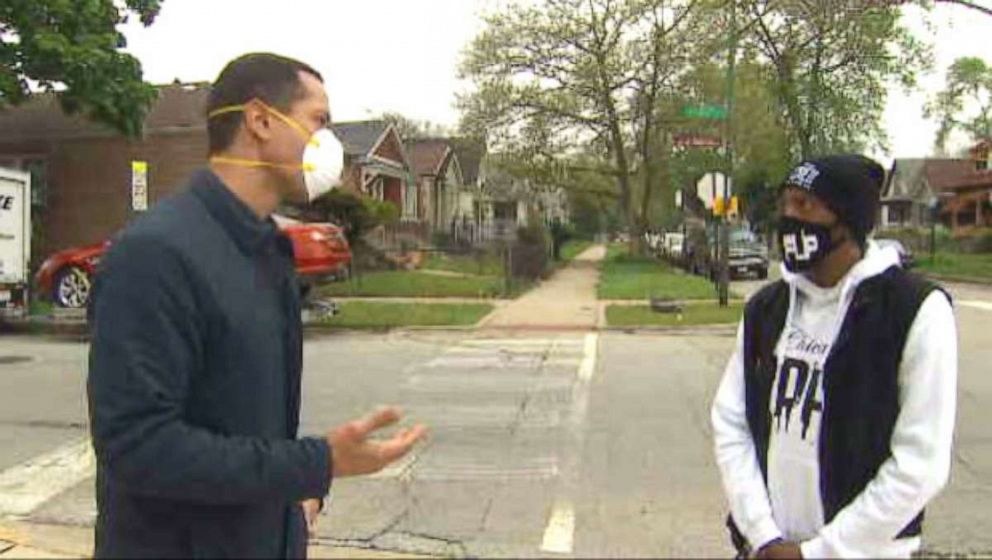
In the city's Roseland community, anti-violence leaders like Terrance Henderson are working around the clock, scrambling to put a dent in both crises. On any given day, Henderson and his group Chicago CRED, are negotiating a truce between rival gangs, and educating residents on how to protect themselves from the virus.
Henderson is a former gang member. He believes his past actually helps him to be taken seriously by residents who have, for many reasons, lost trust in public officials and police officers. I asked him if he approaches the coronavirus crisis the same way he deals with outbreaks of violence.
"Absolutely," he said. "Full foot on the gas. Get the people to understand that it's really serious."
Fear and lack of trust are some of the reasons Jerome Montgomery believes coronavirus has spread like a wildfire in the mostly Latino Little Village neighborhood, where 90% of people who live there work in the service industry. There are more COVID-19 cases in the neighborhood than in any other Chicago zip code.
Seeing the desperate need for health care, Montgomery, who works for Project Vida, partnered with Howard Brown Health to convert an old community center in Little Village into a coronavirus testing site.
For weeks now, every day, more than 100 people line up to be tested. At this point, more than 50% of those tests are still coming back positive.
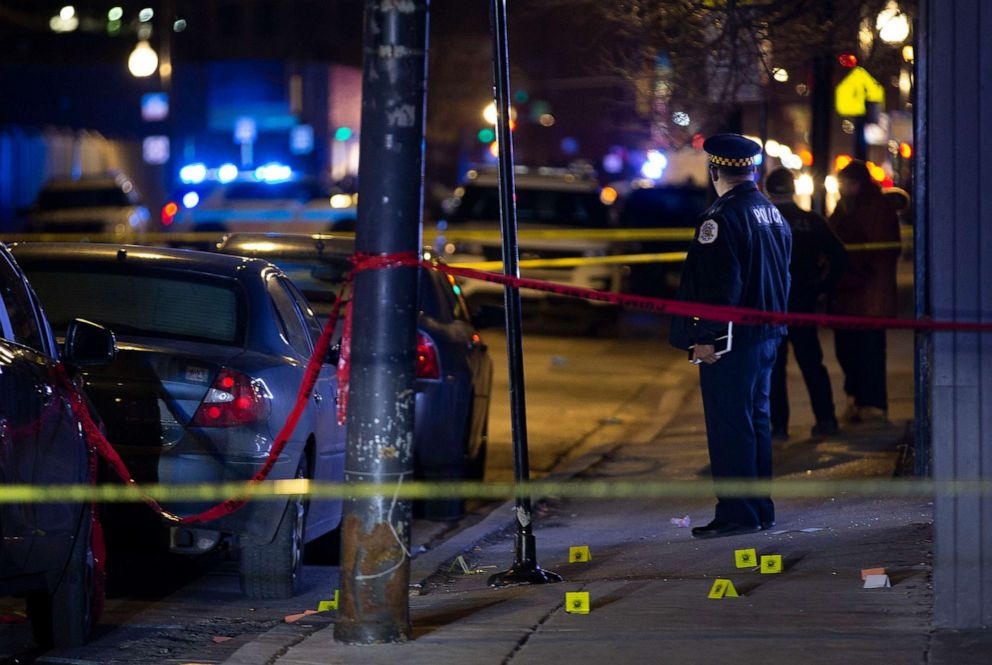
"As long as this pandemic is impacting our communities, we're willing to be here day and night," Montgomery said. "I'm here at 6 a.m. to 11 o'clock at night, and if that's what we have to do that's what we do."
Montgomery and Henderson are also working with Mayor Lori Lightfoot, who has said reaching, treating and educating these high-risk communities is a priority.
They are rays of hope for neighborhoods stuck in a cloud of coronavirus despair. Henderson's hard work and dedication is saving lives.
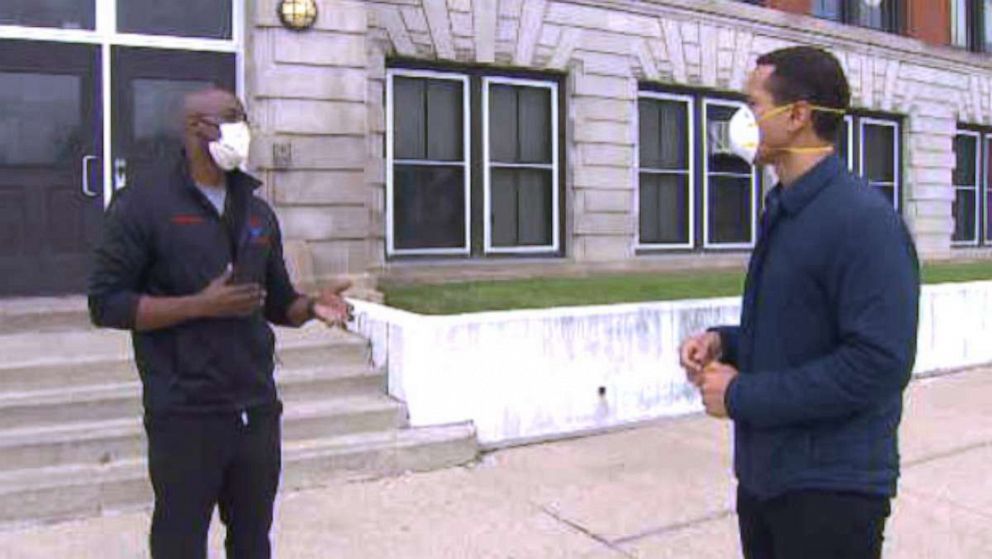
When you grow up in a place that's often ignored and sidelined, it's empowering and life-changing when someone believes in you enough to care.
Tune into ABC at 1 p.m. ET and ABC News Live at 4 p.m. ET every weekday for special coverage of the novel coronavirus with the full ABC News team, including the latest news, context and analysis.
